I Ate 3.5 Ounces of Protein Every Day and Here Is Why
Linda Sun is a social media influencer who regularly shares content on healthy living. In one of her viral videos, she underscores the importance of protein, and reveals that eating 100 grams of protein every day for months was a total game changer. She also explains the hows, whys, and whats of amping up your protein intake.
Protein Is a Food Trend that Lives Up to the Hype
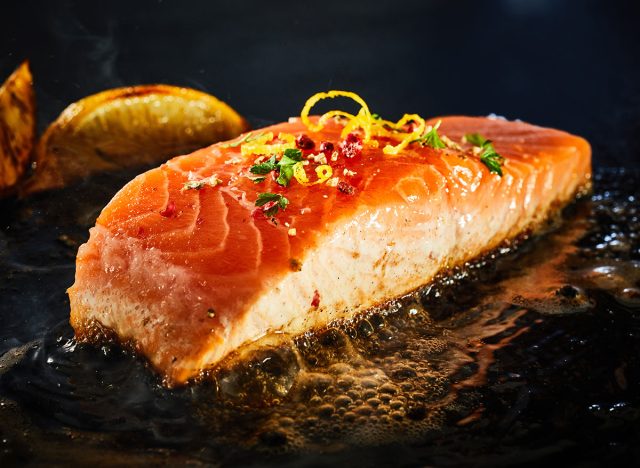
"Is it just me, or has the entire world gone a little protein crazy? Protein cereal, protein bars, protein, milk, protein, noodles, protein, water, protein, coffee. Everything has been protein applied. I don't even know when this happened, but I apparently am a protein bandwagon," she says. "There's this trend with food trends. The good always becomes bad. Fat used to be bad, and then carbs and then sugar, and then processed foods, and then fruits and the timing of eating those fruits," she continues. "Protein has turned into the go-to miraculous, safe answer to all of our deepest, darkest desires."
Protein Is One of 3 Macronutrients
"Protein is one of the main three macronutrients that make up the food we eat: Fats, carbs, protein, simple stuff," she says.
Protein Is Made Up of Amino Acids
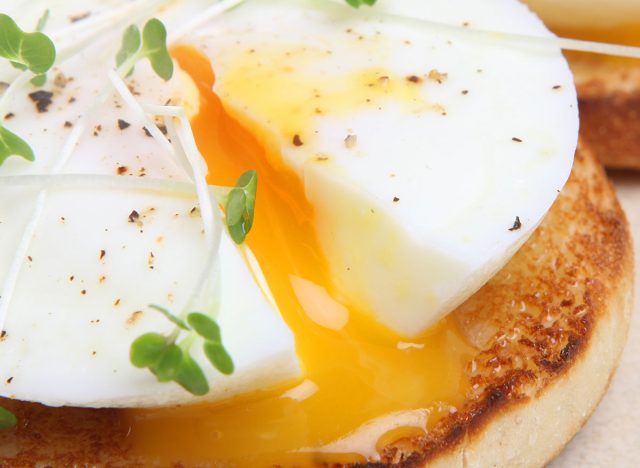
"Protein itself is made up of amino acids. Amino acids are the building blocks of most of the stuff in our bodies," she continues.
Protein Offers So Many Benefits
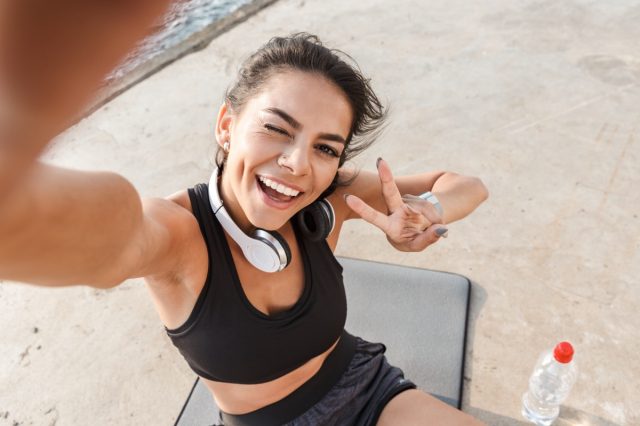
There are lots of benefits to protein. "Protein repairs tissue, creates antibodies, gives us energy, makes up the cells that make up basically every part of us," she says.
RELATED: I Lost 22 Pounds in 30 Days With This 5-Minute Exercise
The RDA for Protein Is a Minimum
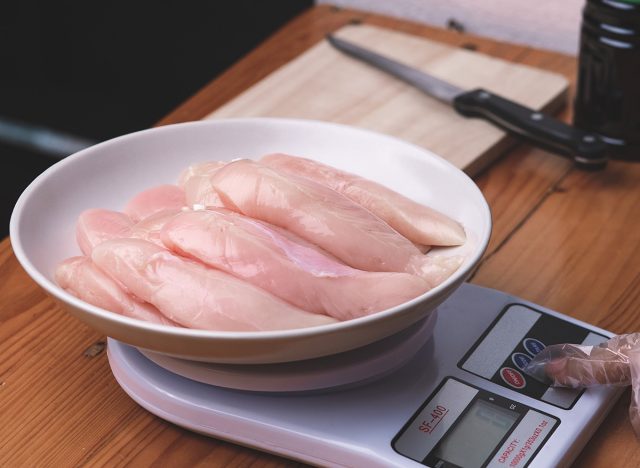
"The recommended daily allowance, the RDA for protein, is 0.8 grams per kilogram of body weight. The dieticians I spoke with and Googled said that the RDAs were created to prevent malnutrition. It's like the minimum amount you'd need not to get sick and maintain basic bodily functions. So not getting sick versus feeling strong, thriving in your best is very quite different," she says. The recommended daily allowance doesn't consider really important things like your age, how active you are, your fitness goals, where your protein's coming from, dietary restrictions, how much food you eat or need, or how you feel."
It Should Be Much Higher

Someone who is active will need much more than the recommended amount. "A protein range of a hundred to 150 grams for me made sense as someone who's pretty active, works out almost every single day, and is trying to build a little bit of muscle," she says.
Egg Whites Are a Great Source
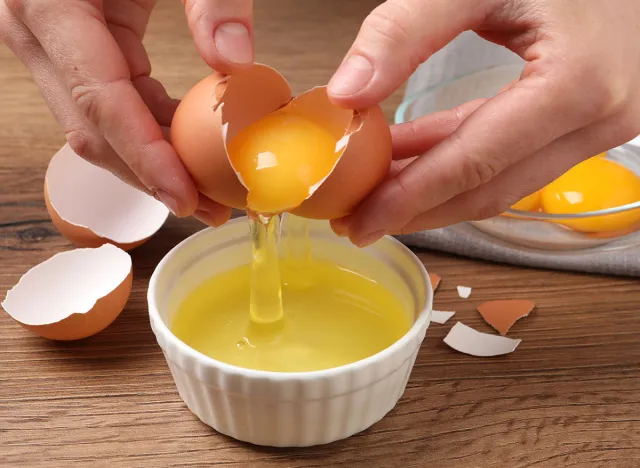
"Some of my favorite ways to sneak in some protein are pretty unoriginal, but I'll share them," she says. The first? She adds extra egg whites to scrambled eggs and also to her protein oats.
Protein Powder Is Too
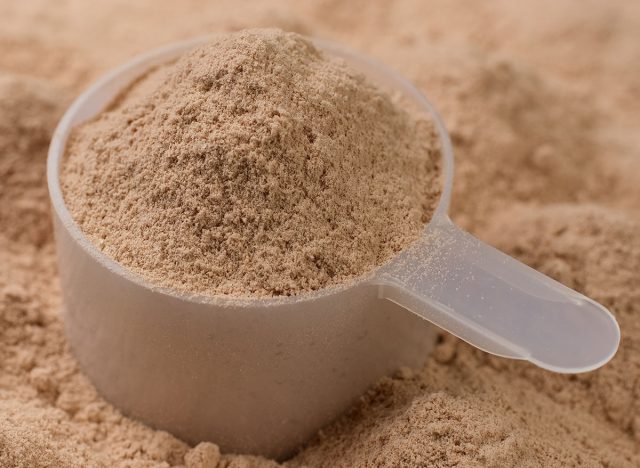
"Finding your favorite protein powder is such a game changer," she says. "Like a scoop of protein powder into my oats, into my smoothie bowls, and my Greek yogurt, I swear, just makes it taste better."
RELATED: 6 Tips to Boost Metabolism and Burn Fat at Any Age
Other Good Protein Sources
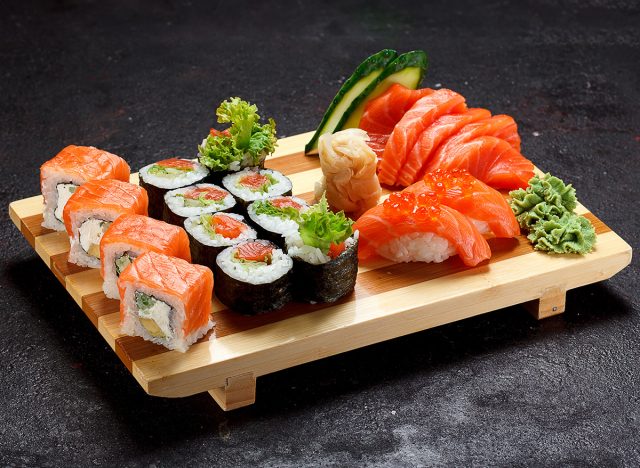
Other great protein sources? Greek yogurt in general, protein pancakes, pokey bowls, sushi, chicken or tofu, nourish bowls "or just your favorite protein bar," she says.
Do Your Research
Do your research, she encourages. "I really started off as a protein dummy, and there's nothing wrong with that. We all have to start somewhere," she says. "I basically had to learn about how many grams of protein was in one chicken breast, a scoop of protein powder, and a chunk of tofu. I did have to read some labels and did some measuring." And if you enjoyed this article, don't miss 20 Incredible Ozempic Success Stories of All Time.





